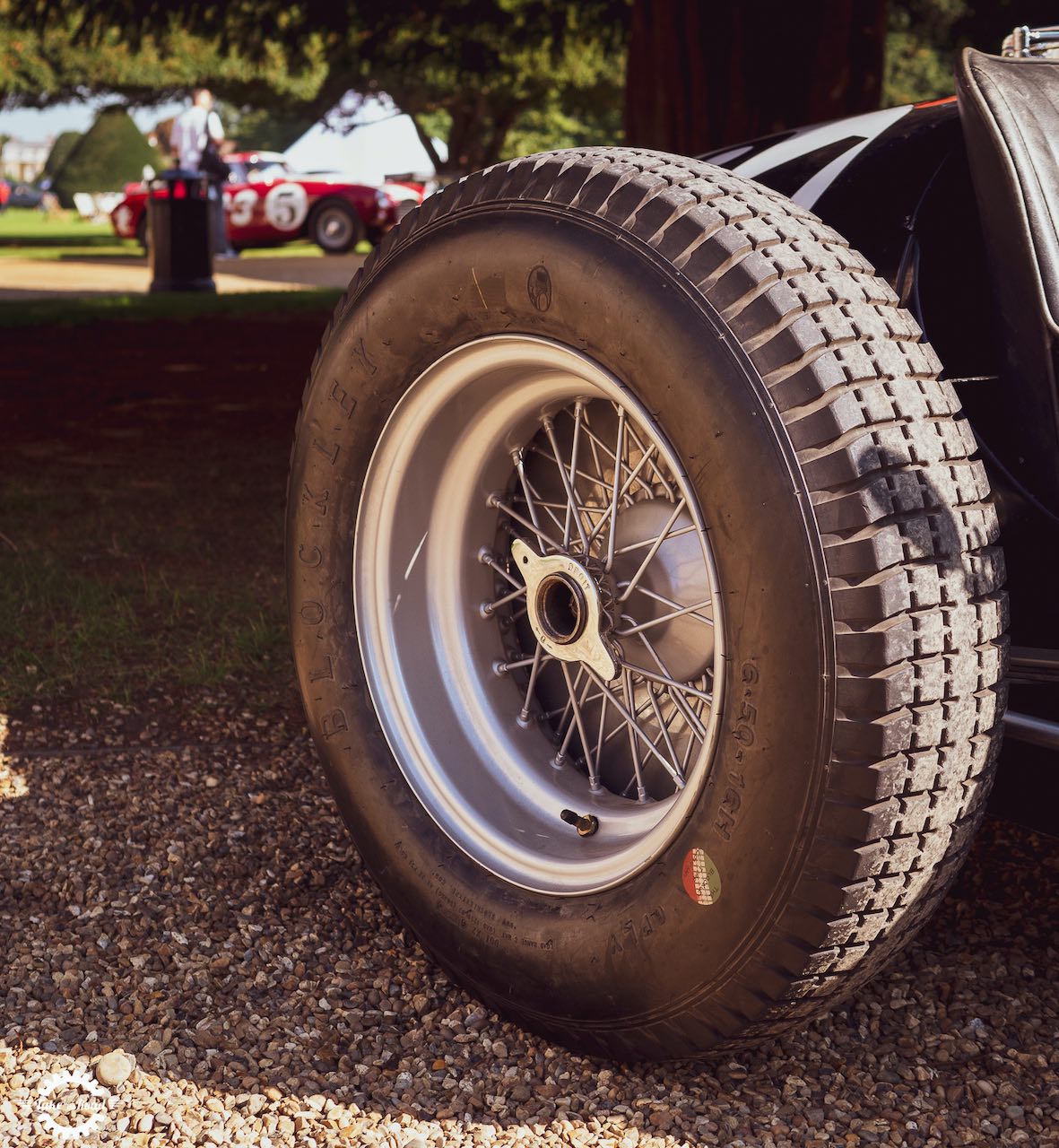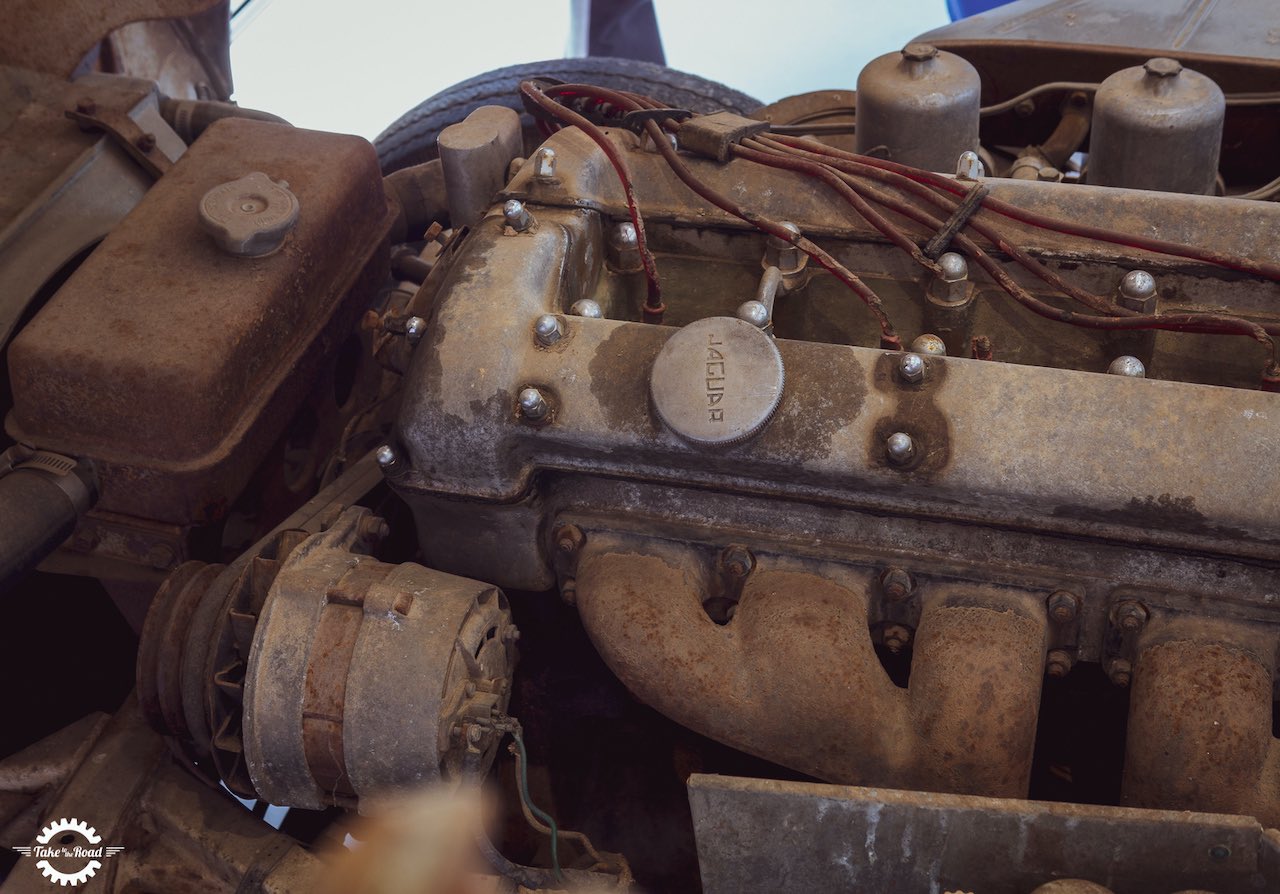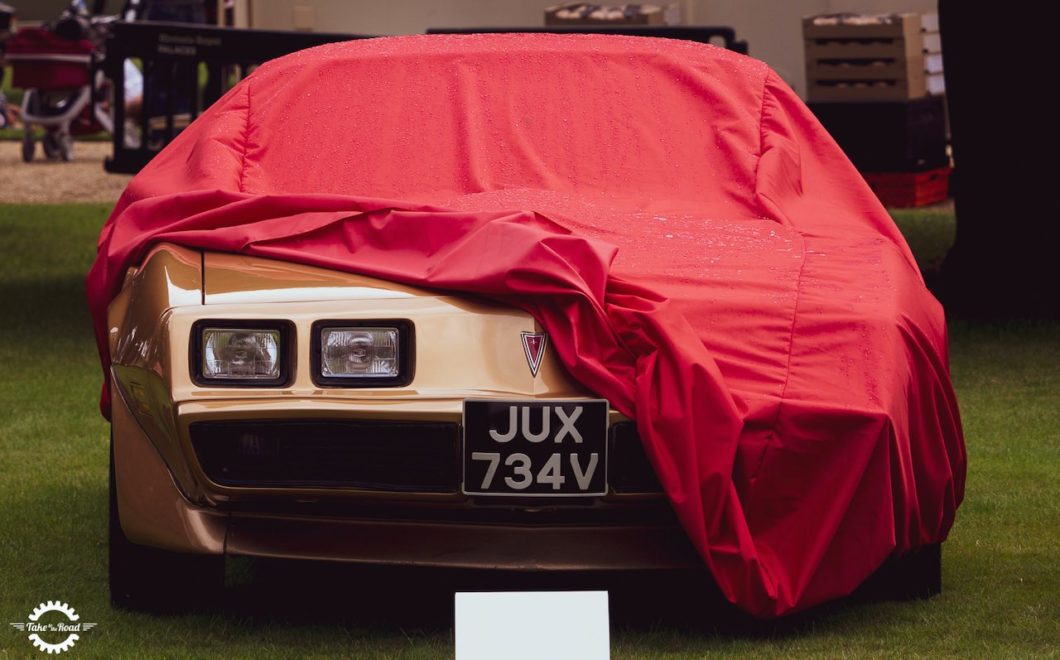During the winter, many owners of classic cars store the car to keep it safe from damp air, and icy, salted roads. If you properly tuck your car away for the Winter, you can keep it safe and in good condition, ready to be driven again in the Spring. Here’s how to hibernate your car in the garage for the colder months.
Clean your classic car thoroughly
What made you fall in love with your classic car in the first place? Was it the shiny chrome and glossy paintwork? The looks of a classic (and the engine of course) are what we always fall in love with, so it is important to keep your classic clean and in tip top condition.
Before you put the car away, give it a good wash, polish, and wax to help prevent corrosion from setting in, so avoid needing more costly work on the car in the spring, like respraying.

Any dirt that is left on the surface of the car, like bird poo or dead bugs, can be acidic and eat away at the paint or chromework. Don’t just remove dirt from the areas that you can see. There could be dirt and moisture hiding in the crevices that can cause damage too.
Do a thorough check of the car for any trapped water. You can use a microfiber towel or a hairdryer to get water out from places like inside the boot, under the bonnet, inside door jams, around rubber seals, trims, mirror surrounds, or Cherished Plates.
If your car has a soft top, leave it up. Don’t fold it away, as this could allow mold to grow. It also reduces the risk of the soft top shrinking and damage to the rear screen from being in a closed position for prolonged periods of time.

You also need to keep brake discs dry. Leaving these damp can cause the pads to stick to the disc and lock on. After washing, take the car out for a short run to warm up the disks and pads.
Check for any forgotten snacks left in the car, or rodents will move in and make a nest, attracted by the snacks. Instead of feeding mice, feed the rubber seals. WD-40 will keep them pliable and prevent them from cracking. Treat the leather with a leather treatment cream and if you have cloth or vinyl seats, makes sure they are clean and dust free.
Help the suspension and tyres cope with going nowhere
Car wheels are designed to move, so you need to give them care and attention while they’re out of action.

The first thing that you need to do is remove each wheel nut and give it a clean. Smear a small amount of anti-seize grease, like copper grease, on the threads to reduce the likelihood of them seizing into place. While you have the wheels off it is also a good idea to clean around the wheel arches to remove any trapped mud or debris.
You should then decide on the best method to prevent flat-spotting, and make sure you remove any stones or debris from the tread. If you can, jack the car up and put it on axle stands so that the wheels no longer make contact with the ground. This takes the pressure off the bearings too.

Another option to protect the wheels is to use a tough plastic tire trainer, but the easiest option is to pump the tires up an extra 10psi. Just remember to drop the pressure again before you drive the car.
Leave the handbrake off when the car is parked over winter, as they can have a tendency to seize up after months of inactivity. Use chocks to stop the car from rolling anywhere.
Check your fluid levels and treat the fuel
Avoid cracked blocks and split radiators by checking your anti-freeze is at the right concentration and topped up. Never store plain water in your radiator over the winter as you risk serious harm to the engine and cooling system if it freezes. Plus water doesn’t have any anti rust additives.
You can use a premix windscreen washer fluid or buy it concentrated and mix it 50/50 with distilled water. This additive will prevent the water from freezing. Distilled water will prevent a build-up of grime in the water bottles that can happen if you use tap water, as water from your tap can contain contaminants.

Modern fuels can actually go off, and in the past, this would have meant having to drain the fuel completely and replacing it with paraffin to prevent rust from forming in the tank.
Ethanol in petrol can be an issue for cars left in storage, as it can attract water and the fuel can then separate if it’s left. Before you put the car away for the winter, add a stabilizing product to the tank, which will help to prevent fuel fractions from separating. Make sure it flushes through the whole system by running the engine.
If you are going to do anything that might compromise the safety of the car, leave yourself a reminder somewhere to tell you what you have done, so you can remember when it’s time to get the car back out for Spring. When you get your car back out, it will in great condition and ready to drive.
This is a Take to the Road Collaborated Post


